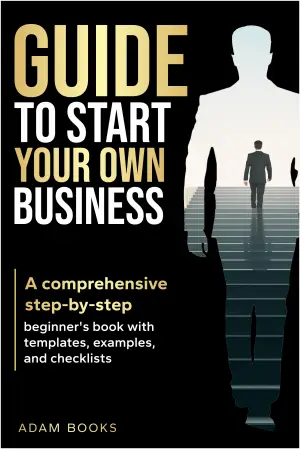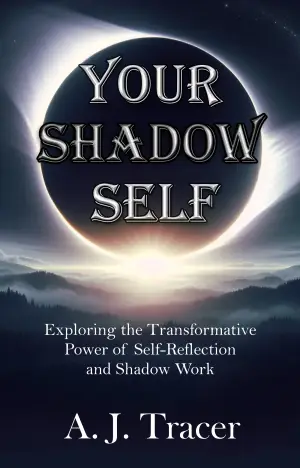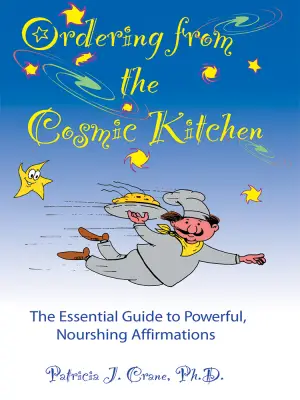Reconsidering Drive: A Journey Through Motivation
When I first picked up Drive: The Surprising Truth About What Motivates Us by Daniel Pink back in 2012, it was more of an impulsive choice than a meticulously curated one. I liked it enough to give it three stars, but not enough to retain its insights or bother writing a review. Fast forward to today, re-reading it has been a revelation, especially as a supplement to my Emotion, Cognition, and Motivation course. It’s interesting how revisiting a book can reveal layers and nuances you might have missed the first time around.
Drive explores the evolution of human motivation, illuminating the three stages of motivational theories: the primal instincts of Motivation 1.0, the reward-and-punishment mechanics of Motivation 2.0, and the enlightening concept of Motivation 3.0, which emphasizes intrinsic motivation. Pink compellingly argues that while extrinsic rewards serve well in repetitive tasks (think factory assembly lines), they can stifle the creativity that thrives in heuristic tasks. This concept resonated deeply with me, as I often find myself in environments that value creativity and connection over mere output.
Pink’s writing is engaging and accessible; he masterfully distills complex psychological theories into digestible anecdotes. His conversational style feels like a chat with a knowledgeable friend rather than a dry academic lecture. I appreciated how he backed his claims with research, particularly the insights from Edward L. Deci and Self-Determination Theory, which feel deeply relevant today—even if the book itself is just over a decade old. One memorable takeaway is Pink’s assertion that “if you love to do something, adding money to the mix can turn joy into a chore.” Can I get a hell to the yeah on that?
While the book’s thesis is compelling, it did come across as a bit dated—like an iPhone 4S in a world now bustling with iPhone 14s. That said, the core ideas of autonomy, mastery, and purpose remain crucial in motivating today’s workforce. These three pillars resonate with me as my career continues to evolve within creative realms where these intrinsic motivations are key.
In re-evaluating Drive, I can confidently upgrade my previous three-star rating to a solid four. This book deserves a second look, especially for anyone navigating the complexities of motivation in work or personal life. It offers valuable insights that encourage us to foster environments where creativity and empathy flourish—something we desperately need in our fast-copy-paste, automation-driven world.
I think anyone from educators to business leaders and even casual readers seeking to boost their personal motivation will find richness in Pink’s exploration. It’s a reminder of the innate human drive for meaningful engagement and connection, and perhaps more importantly, it invites readers to reflect on how they can cultivate that sense of purpose in their lives. As I close the cover once more, I feel a sense of renewed purpose and curiosity, which is, as Pink aptly indicates, exactly the kind of motivation we should strive for.
Discover more about Drive: The Surprising Truth About What Motivates Us on GoodReads >>













